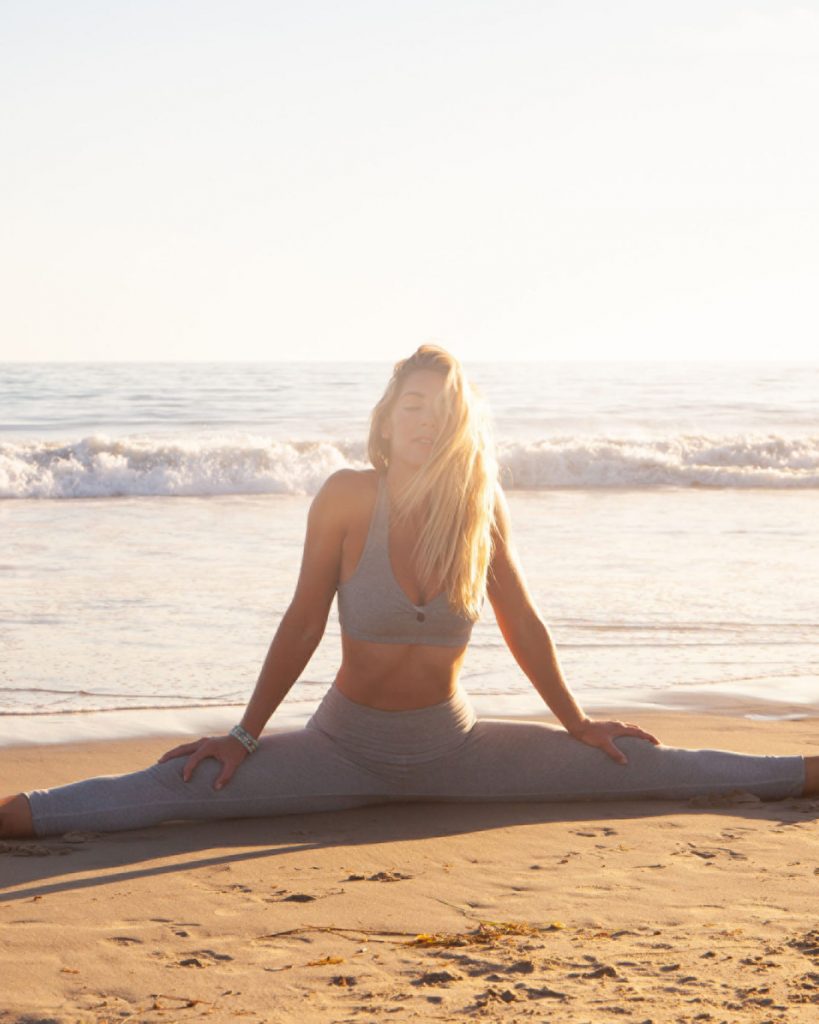Golf has a way of serving up life’s full emotional spectrum. One moment, I am immersed in the beauty of a breathtaking course, overjoyed after a chip-in; the next, I am ready to launch my 7-iron into the nearest water hazard and swear off the sport entirely (or at least until tomorrow). Unlike other sports, where athleticism and grit often carry the day, golf refuses to be bullied. I am starting to recognize it as less a contest of force and more a finely tuned symphony.
While we can’t control the speed of the greens or the demoralizing rough, there are certain elements we can actually influence on a daily basis: pre-game deep breathing, performance visualization, and post-game recovery. These three factors have a direct impact on physical and mental output, getting us closer to scratch-golfer level by the minute.
Pre-Game Deep Breathing

A physical warm-up has been a long-standing requirement when it comes to optimal performance in any sport. That said, a mental warm-up is equally as important. A short routine—breath work, visualization, and positive self-talk—helps quiet the noise and usher us into a flow state.
According to the National Wellness and Fitness Association, breath work—particularly controlled breathing—can reduce anxiety and enhance mental focus by calming the nervous system. Box breathing, a yogic deep-breathing method, is particularly useful in maintaining composure during high-pressure sports scenarios. The technique signals the parasympathetic nervous system to naturally calm itself by lowering heart rate and reducing cortisol production. Here’s how to practice box breathing:
1. Set a timer for five minutes. Find a comfortable standing or seated position. Relax your shoulders and keep your spine neutral.
2. Take a few regular breaths. You may want to close your eyes.
3. Inhale slowly through your nose for four counts.
4. When you get to four, hold your breath for another count of four.
5. Exhale through your mouth for four counts.
6. Hold your breath again for four counts.
7. Start this cycle again until the timer goes off.
Performance Visualization

Research shows that athletes who use imagery and self-talk experience improvements in concentration and execution under pressure. The PETTLEP motor imagery model is designed to closely mimic on-course performance by integrating physical, environment, task, timing, learning, emotion, and perspective cues. In one study, golfers who used PETTLEP-based visualization to rehearse bunker shots improved by eight percent, compared to baseline levels. Those who combined PETTLEP imagery with physical practice saw an even more dramatic boost—22 percent improvement.
Use this sequence while standing behind the ball on the first tee:
1. Physical: Take your actual grip pressure (light-to-moderate), feel your feet grounded, waggle once.
2. Environment: Close your eyes and feel the conditions (wind, ambient sound, sun).
3. Task: Keeping your eyes closed, visualize the shot. See the exact trajectory and distance of the ball.
4. Timing: Open your eyes; rehearse the full swing with a comfortable tempo.
5. Learning: Recall one recent cue that worked (e.g., “soft shoulders” or “left-hip post”). Keep it to one.
6. Emotion: Name and embody the feeling you want to carry throughout the game (e.g., relaxed power). Take a deep breath and repeat the statement to yourself.
7. Perspective: See and feel the swing from your own eyes (first person). Optional: a quick third-person “snapshot” of a balanced finish.
Post-Game Recovery

The repeated explosive swings and mental concentration required of golf can take a toll. A three-step recovery routine helps restore energy, reduce soreness, and get us ready for the next round.
1. Active Cooldown: Active recovery clears metabolic by-products faster than complete rest, while mobility restores range lost during repetitive swings. Try an easy three- to four-minute walk (clubhouse to car or around the practice green), followed by a set of mobility reset stretches (like those in this restorative yoga sequence).
2. Rehydrate and Refuel (within 60 to 90 minutes): This helps replenish muscles to rebuild after activity, while hydrating cells to bring the body back into balance. Drink at least 16 to 20 ounces of water with electrolytes (sodium, magnesium, potassium) and consume 20 to 40 grams of protein (e.g., grilled salmon, Greek yogurt, or a protein shake) and 1 to 1.2 g/kg of body weight of carbohydrates to replenish glycogen if playing consecutive days. Bonus points for anti-inflammatory foods like tart cherry juice, pineapple (bromelain), or matcha lemonade.
3. Contrast or Cold Therapy: Use this recovery method to speed circulation to the muscles and lower inflammation. Two ways to try it: five to 10 minutes in a cold plunge or cold shower (50 to 59 degrees Fahrenheit or 10 to 15 degrees Celsius); or alternate one-minute hot and cold showers for three to four cycles.
Mastering golf is a never-ending pursuit, but that’s part of the charm. While these tools might not prevent a slice or getting stuck in the sand, my hope is that this module helps support an athletic foundation and propel performance on the course. Go get ’em!
Nora Tobin is a leading authority in high-performance wellness, delivering customized programs to executive teams, professional athletes, and celebrity clientele. She is the CEO of Nora’s Naturals and a certified integrative health coach. As a Four Seasons Hotels and Resorts visiting practitioner, she offers customized retreats and leadership off-sites.





